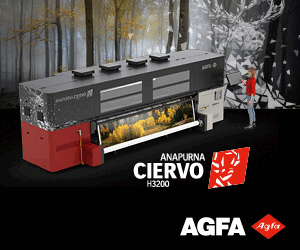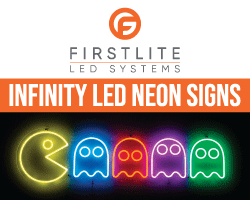One of the most challenging aspects of any business, especially if you are just setting up shop, is how do you know what prices to set for your products and services?

It is true that price is far from the only factor in a customer deciding to choose your print services. The quality of your work, speed of delivery, expert advice, ease of relationship and your ability to fit in last minute jobs when they really need it can all be important in deciding which print shop to use.
However, even if it is not the deciding factor, price will always be a factor. If the price is too low, not only do you miss out on income you could be enjoying, you also potentially set expectations for the future, making it difficult to raise prices later because you’re seen as being at the ‘budget’ end of the market.
Price too high, of course, and people may either choose not to use you in the first place or take their business elsewhere as your prices increase to levels they feel uncomfortable with.
How to set your print package pricing
Print package pricing, then, is about balance. But how do you achieve it? There are many factors that play into setting your print pricing.
Cost can be one issue for printers. No business will last long selling products and services for less than they cost to supply. So as a baseline, it is vital to understand the cost of your business, its print materials and, crucially for print shops, how those costs break down across the packages you offer.
An ink or toner cartridge, for example, has a certain cost, but you’ll get lots of individual prints out of each one, so you need to understand the cost per item.
Your costs will be divided into the fixed costs of things like print shop rent, vehicles, equipment hire or monthly purchase costs and wages. Variable costs will include energy, papers, vinyls, inks and other print essentials. Print management software can make it easier to identify individual unit costs.
Then there is value; what is it that customers value most about what you do? It may be that you offer huge print runs at rock bottom prices, in which case you will need to price keenly and keep a constant eye on the competition to ensure you’re always one step ahead.
On the other hand, your business may be built on niche capabilities, or the ability to produce work of a quality that beats your peers. Here, you may be able to charge more for the work you do because price isn’t your only competitive advantage. By understanding your true value to your customers, you can gain a clearer understanding of where you should pitch your print prices.
You should also consider what your competitors are doing. We are not suggesting that you should look at your closest competitor and simply do what they do; there are too many variables that may set you apart to make that a wise strategy. But it is important to be at least aware of what the competition is doing so you can factor it into your calculations if necessary. And if low print packages pricing is one of your major selling points, you will need to be extra vigilant to ensure you are always competitive.
Finally, but perhaps something that should be considered before anything else, is margin. Every company is in business to create customers and sell to them, and it can only keep doing that if it earns more than it spends. That means factoring in a profit margin on each of your print packages so that each one earns you a little more than it costs to produce.
Print package pricing models
Going into further detail on this final point, there are several ways that printers can ensure a healthy profit margin.
You can reduce costs by shopping around or ordering in bulk, and you can change your perceived value by choosing a higher quality print material or promoting its durability, waterproofing, eco-credentials or UV resistance.
But of all the above print package pricing factors, none is more variable than margin. By choosing your approach to profit, you should finally be able to settle on a price for your print packages.
Options here include bulk discounts. Consider pricing individual projects higher than bulk orders, where set up times per unit will be much less, so you protect profit margin for both types of order.
Also look at loss leaders; try to undercut the market by offering at or below cost prices on some print packages, where you know you can recoup any losses through cross sells, upsells and repeat business.
Linked to this is loyalty building; increasing margin for first-time customers and offering discounts to longer standing customers helps lock in loyalty. The opposite of this is to try out introductory offers to attract customers to you and away from competitors. Once a price conscious customer is with you though, you will need to keep offering value to stop them wandering off again.
Another great way to lock in repeat business is to give trade customers preferential account terms, such as a line of credit giving them a few additional days/weeks to pay, loyalty offers and the occasional freebie to say thank you. In return, you could secure larger trade accounts.
Finally, consider whether your customers make regular orders of certain products. If so, you can offer tiered print packages with scaled prices so they can pay a flat fee every month to get the print they need. This is great for customers that want to even out their print spend to achieve monthly cost consistency, and equally good in terms of protecting your profit margins.
Whatever your approach to print packages pricing, print materials from Soyang Europe can support your pricing models. For more information about Soyang Europe, please click here.
Find the Eye on Display Industry Directory listing for Soyang Europe here and as well as our latest articles featuring them.

















